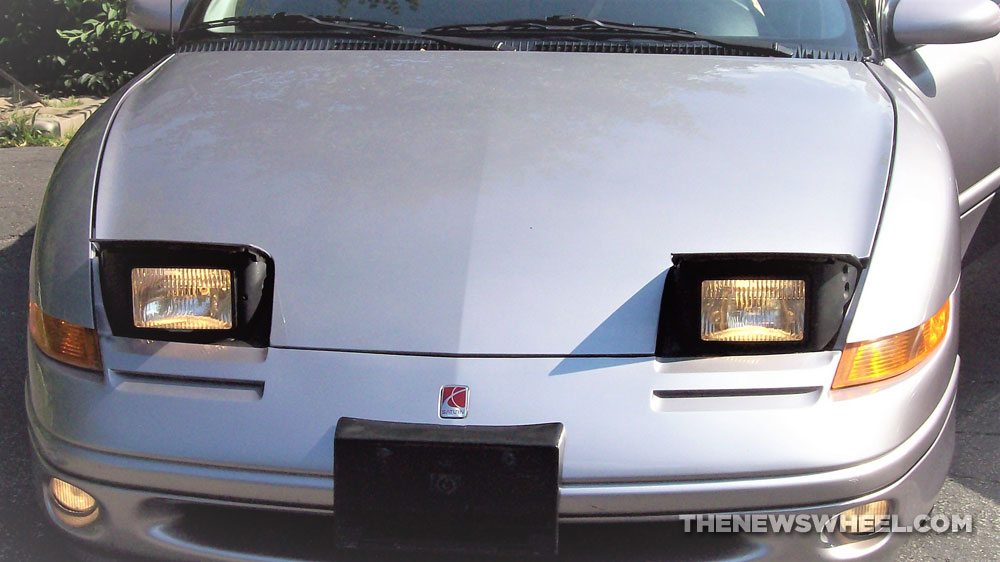
There were many charming facets of my old 1995 Saturn SC-2 that would are now considered “retro,” particularly its glorious pop-up headlights. This dated feature was the epitome of how characteristically ’90s that sports coupe was. But it wasn’t until I sold the Saturn that I wondered why cars like that even had retracting headlamps. If you’ve ever wondered why pop-up headlights were a thing in the first place, allow me to shed some light on this funky feature.
Want a Car That Will Last a Long Time? These brands are awarded as the most reliable
The technical term for this feature is actually a “hidden headlamp,” and according to a Slate article, its inception dates back before the 1990s or even the 1980s. They actually were first invented back in the 1930s on the Cord 810. The appeal of designing headlamps to be retractable made the form of the vehicle to be more aerodynamic when they weren’t in use.
But why not just design the headlamps to flow with the shape of the car’s fascia? In most cases, they were, except for one certain instance in which they could not be.
If you look at the majority of models that had pop-up lamps, they have one trait in common: They have a low-height front-end. Slate explains that there used to be laws dictating that the minimum height a headlamp must be above the road, and oftentimes this position was higher than the actual hood of low-riding sports cars. Thus, to satisfy regulations, automakers had to find a way to position headlamps that stood above the hood of some vehicles.
Of course, no designer would want such garish lenses protruding from a sleek, stylish car hood unless absolutely necessary. So when the headlamps weren’t activated during the daytime, they retracted into the hood. That’s how automakers were able to satisfy regulations without permanently ruining the aerodynamics or appeal of their nicest models.
Over time, laws pertaining to pedestrian and headlamp safety have changed along with vehicle technology, so this height requirement became irrelevant. Other factors became priorities for visibility guidelines and pedestrian safety, so headlamps are now allowed to be positioned further down along the front bumper.
And those retractable headlights have become old-fashioned novelties that you’ll only see in classic car cruise-ins.
More Car History: Learn about the evolution of the Chevy Camaro
Aaron is unashamed to be a native Clevelander and the proud driver of a Hyundai Veloster Turbo (which recently replaced his 1995 Saturn SC-2). He gleefully utilizes his background in theater, literature, and communication to dramatically recite his own articles to nearby youth. Mr. Widmar happily resides in Dayton, Ohio with his magnificent wife, Vicki, but is often on the road with her exploring new destinations. Aaron has high aspirations for his writing career but often gets distracted pondering the profound nature of the human condition and forgets what he was writing… See more articles by Aaron.


